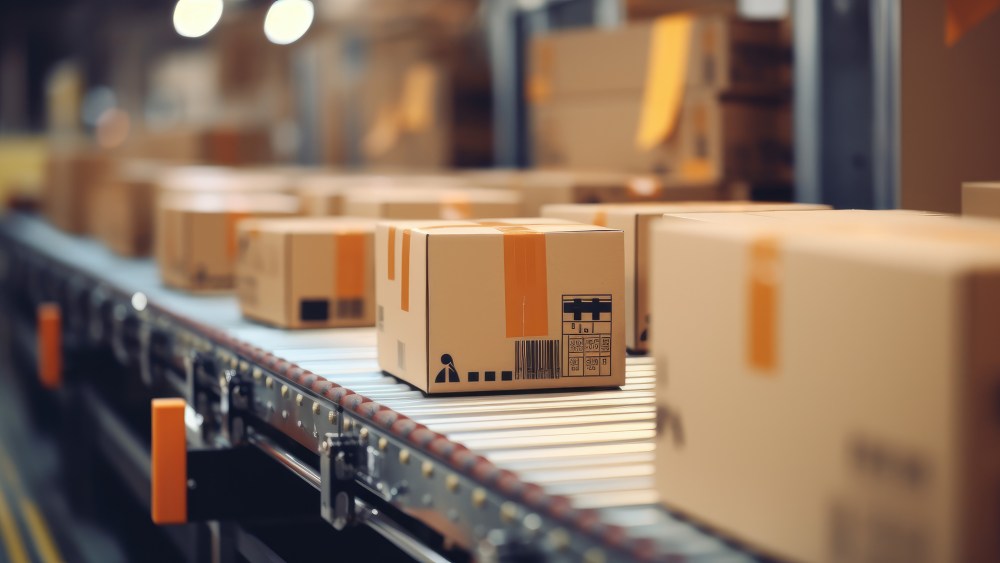The e-commerce market is booming, with global sales expected to reach $6 trillion this year. While this growth is a win for innovative brands and retailers who have mastered online sales, a dark cloud hangs over the industry: shipping and fulfillment challenges.
In UPS Capital's latest survey of retailers and consumers, the “2024 Midyear Shipping Excellence Guide,” researchers found weaknesses in several areas. While most retailers are confident about a 30% increase in order volume, there is a gap between their capabilities and consumer expectations: 42% of retailers and brands surveyed said it takes more than two days to fulfill orders, and nearly half of consumers expect their purchases to arrive within three days (excluding e-commerce giants like Amazon).
The report's authors said this disconnect highlights the need for better communication and transparency throughout the implementation process.
Other findings from the survey showed that retailers cite rising shipping costs (52%), damaged goods (40%) and lost items (37%) as bigger threats than demands for faster delivery. The report also found that apparel retailers and brands tend to face more unique challenges, such as limited warehouse space, concerns about quality control and inventory gaps.
The survey also found that the world is shrinking: Nearly half of retailers surveyed said they ship more than 20% of their orders internationally, and 73% of consumers said they buy from overseas. But this global reach comes with complexities: Nearly three-quarters of retailers surveyed said they were affected by international shipping issues in the past year, including delays, damage or theft, which they attributed to congestion at overseas ports.
The threats don't stop there: Nearly half of retailers surveyed suspect more than 20% of returns are fraudulent, the report found. Consumers share this concern, with 32% believing return fraud is on the rise. Manual validation processes are a major obstacle, with more than 40% of retailers struggling to mitigate fraud risk due to time constraints. Lax return policies and pressure to appease customers further complicate the issue.
Meanwhile, consumers are more concerned about counterfeit goods: 41% of surveyed consumers believe counterfeit goods are on the rise, and 23% have received a fake product instead of the real thing. The issue appears to affect Gen Z the most, with 43% of respondents from this generation experiencing counterfeit scams.
The report highlights trends such as the use of alternative delivery locations: Over 80% of consumers surveyed said they would be open to using collection locations such as UPS access points or lockers for added security, convenience and speed.


